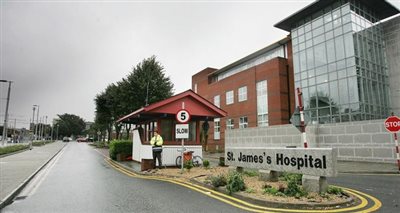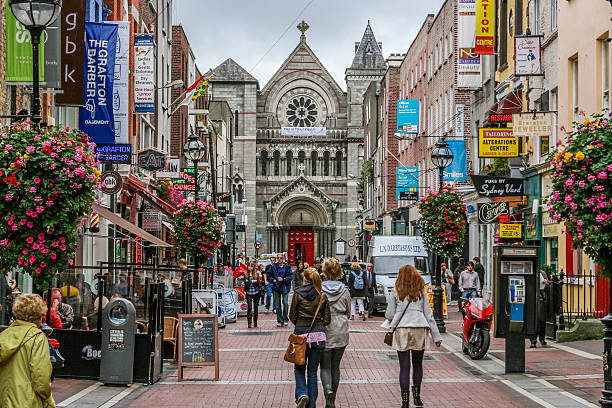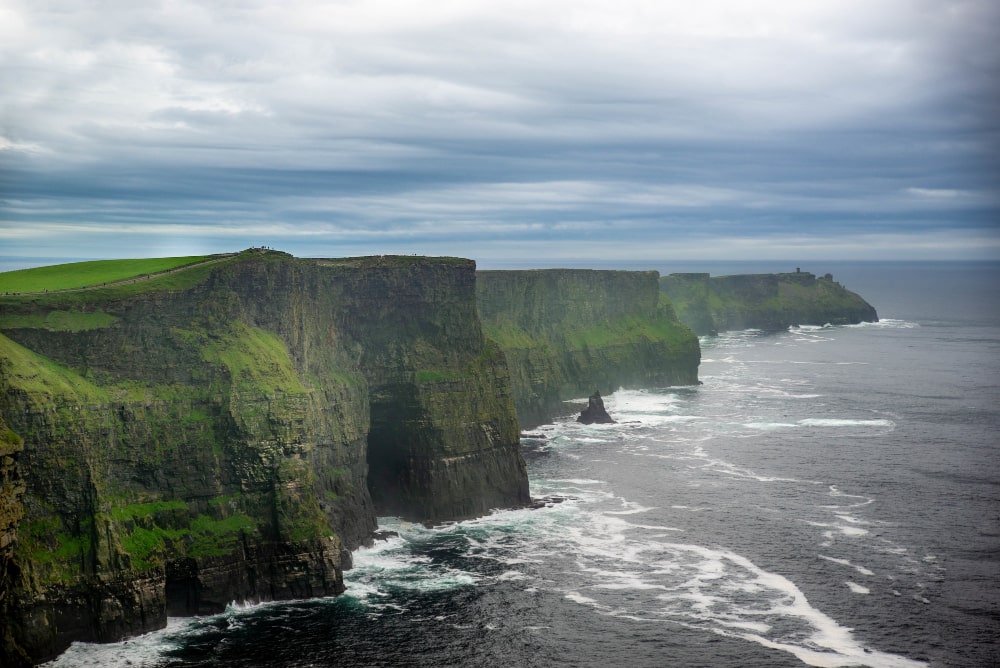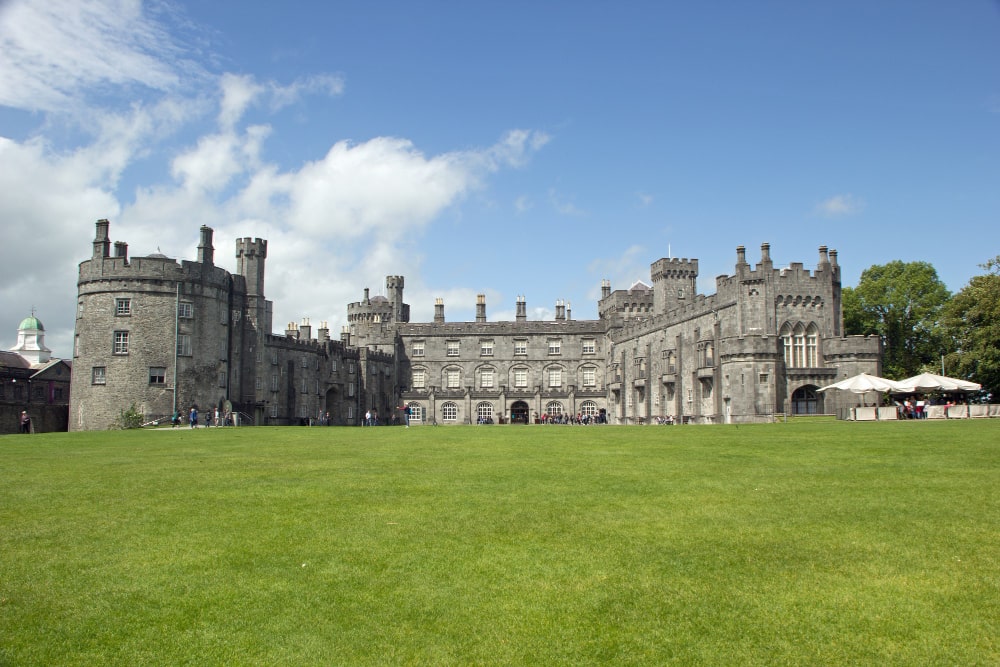Population: Dublin, Ireland’s capital and largest city, has a population of about
1.2 million in the Greater Dublin Area. The city proper has around 550,000
residents. Dublin’s population has been growing steadily, with a significant influx of immigrants contributing to its diversity. The city is young, with nearly half ofits residents under 35 years old.
Medical Facilities

- St. James’s Hospital: The largest hospital in Ireland, it’s a teaching hospital affiliated with Trinity College Dublin. It’s renowned for its cancer care centre and is set to be the location of the new National Children’s Hospital.
- Mater Misericordiae University Hospital: A major acute hospital that provides a heart and lung transplant programme for the entire country.
- Beaumont Hospital: Known for its national neurosurgery centre and kidney transplant facility.
- St. Vincent’s University Hospital: A major academic teaching hospital with a comprehensive range of specialties.
Private hospitals like the Blackrock Clinic and the Mater Private also provide high-quality care. Dublin also has numerous specialist facilities, including the National Maternity Hospital and the Royal Victoria Eye and Ear Hospital.
The city faces challenges with long waiting times for certain procedures in the public system, which has led to increased reliance on private healthcare for those who can afford it.
Culture

- Literature: Often called the “City of Literature” (a UNESCO designation), Dublin has produced many world-renowned writers. The city celebrates this heritage with attractions like the Dublin Writers Museum, the James Joyce Centre, and literary pub crawls.
- Museums and Galleries: The city boasts numerous free national museums. The National Museum of Ireland has three branches in Dublin, covering archaeology, decorative arts and history, and natural history. The National Gallery of Ireland houses an extensive collection of Irish and European art. The Irish Museum of Modern Art, housed in the Royal Hospital Kilmainham, showcases contemporary works.
- Music: Dublin has a vibrant music scene, from traditional Irish sessions in pubs to major concerts at venues like the 3Arena. The city has produced globally famous acts like U2, The Script, and Thin Lizzy. Traditional music can be enjoyed nightly in areas like Temple Bar.
- Theatre: The Abbey Theatre, founded in 1904, is Ireland’s national theatre. The Gate Theatre is known for its productions of international plays. Smaller venues like the Project Arts Centre showcase experimental works.
- Festivals: Dublin hosts numerous festivals throughout the year. The St. Patrick’s Festival in March is the largest, but others like the Dublin Fringe Festival, the Dublin Theatre Festival, and the Bram Stoker Festival attract significant crowds.
- Pubs and Nightlife: Dublin’s pub culture is world-famous. Historic pubs like The Brazen Head (dating to 1198) and literary haunts like Davy Byrnes feature in many tourist itineraries. The Temple Bar area is the centre of nightlife, though it’s often considered touristy by locals.
Crime Rates

Dublin’s crime rates are generally lower than many European capitals, but there are ongoing concerns:
- Anti-social behaviour, particularly in certain city centre areas and some suburbs, is a persistent issue.
- Drug-related crime has been increasing, with gang activity in some areas causing concern.
- Petty theft and pickpocketing, especially in tourist-heavy areas, remain problems.
- Violent crime rates are relatively low, but there have been spikes in knife crime in recent years.
The Garda Síochána (Irish police) have implemented community policing initiatives and increased patrols in high-risk areas to address these issues.
Notable Features

- Silicon Docks: This area in the Grand Canal Dock has become Dublin’s tech hub, hosting European headquarters for companies like Google and Facebook. It’s transformed the city’s economy and skyline, but has also contributed to rising housing costs.
- Universities: Trinity College Dublin, founded in 1592, is Ireland’s oldest university and a major tourist attraction due to its historic campus and the Book of Kells. University College Dublin, Dublin City University, and Technological University Dublin also contribute to the city’s large student population.
- Phoenix Park: At 707 hectares, it’s one of the largest enclosed public parks in any European capital city. It houses Dublin Zoo, the residence of the President of Ireland, and a large population of fallow deer.
- Georgian Dublin: The city’s Georgian architecture, particularly around Merrion Square and Fitzwilliam Square, is a distinctive feature. The colourful doors of these townhouses are a famous Dublin image.
- The Guinness Storehouse: Ireland’s most popular tourist attraction, it tells the story of Ireland’s most famous export and offers panoramic views of the city from its Gravity Bar.
- River Liffey: The river divides the city into the Northside and Southside, with numerous bridges connecting the two. The Ha’penny Bridge is perhaps the most famous.
- Transport: Dublin has an extensive bus network and two tram lines (Luas). The DART (Dublin Area Rapid Transit) provides rail service along the coast. Dublin Airport is one of Europe’s busiest.
- Sports: Croke Park, the headquarters of the Gaelic Athletic Association, hosts Gaelic football and hurling matches. The Aviva Stadium is used for rugby and soccer internationals.
Challenges

Despite its many attractions, Dublin faces significant challenges:
- Housing Crisis: Rapidly rising rents and house prices have made affordable housing a major issue, particularly affecting young professionals and students.
- Traffic Congestion: The city’s infrastructure has struggled to keep pace with its growth, leading to significant traffic problems.
- Homelessness: The number of homeless individuals and families has increased dramatically in recent years, putting strain on social services.
- Brexit Impact: As Ireland’s economic centre, Dublin is grappling with the implications of Brexit, both in terms of challenges and potential opportunities.
- Environmental Issues: Dublin is working to improve its sustainability, with initiatives to reduce car dependency and improve waste management, but air quality remains a concern in some areas.
Despite these challenges, Dublin remains a vibrant, rapidly evolving city that balances its rich history with a dynamic, tech-driven present. Its ability to attract international companies and talent while maintaining its distinct cultural identity will be key to its future development.
You can find comprehensive information about attractions, events, accommodations, and more at Visit Dublin
